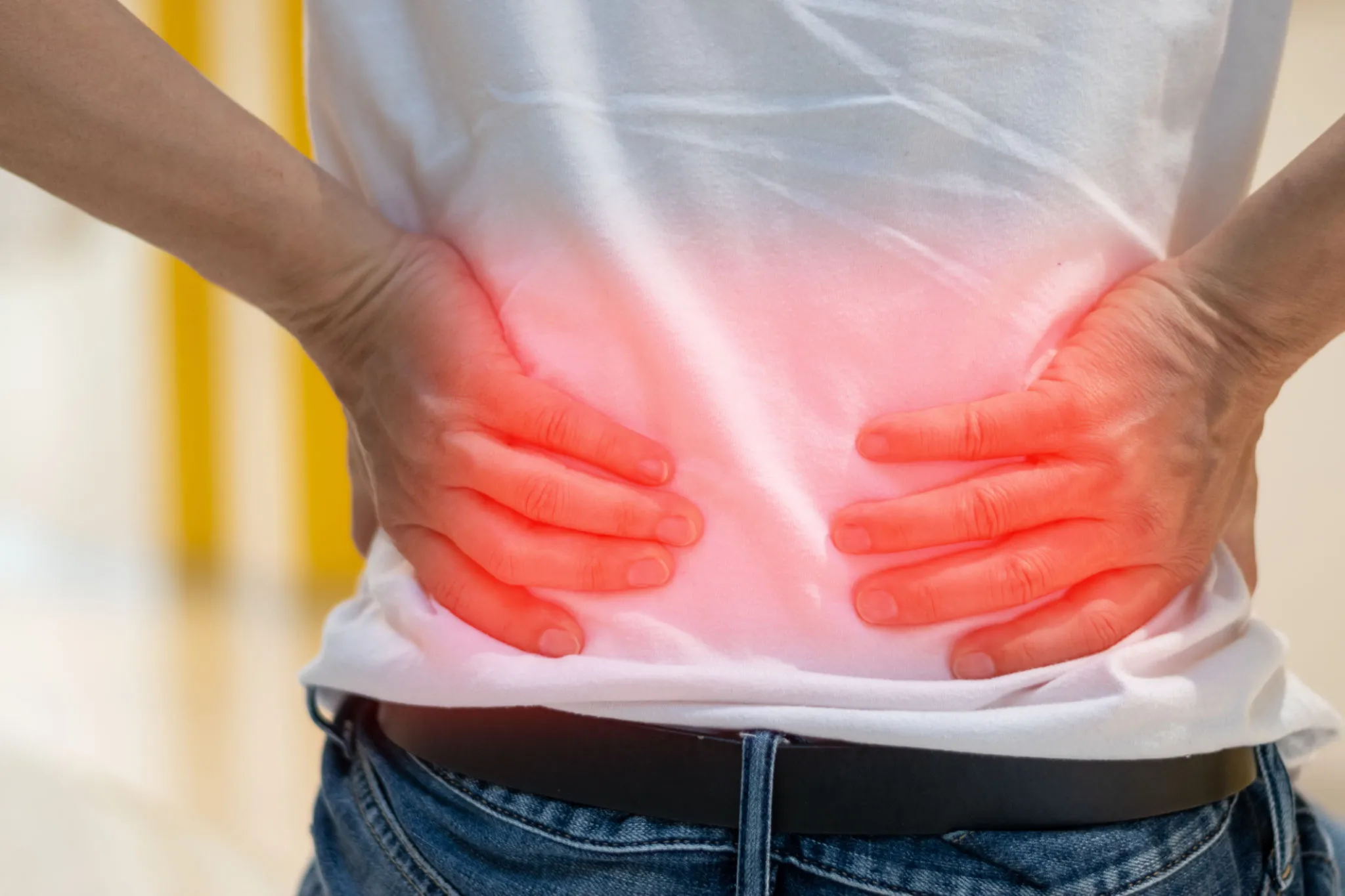A degenerative disk disease can affect any animal, but it’s more common in dogs than in cats. It usually affects older animals, especially those that are overweight. As we age, our spinal discs become less elastic and more brittle. This makes them vulnerable to injury.
If your dog doesn’t seem to be moving well, he may not be able to take care of himself properly. If you notice some changes in his behavior, such as loss of appetite, lack of energy, stiff posture, or pain, then you need to act quickly.
He could be experiencing a number of other health issues, including arthritis, heart problems, kidney failure, cancer, diabetes, and even dementia.
To help your pet live longer and happier lives, you should always monitor their weight closely and make sure that they are getting regular exercise. You can also try to avoid putting too much stress on your furry friend, which will inevitably lead to degeneration of the spine.
You can prevent this from happening by ensuring that your dog is healthy, active, and fit.
The Basics of Degenerative Disc Disease
Degenerative disc disease is a condition that affects the discs between your vertebrae. This can cause pain, numbness, weakness, and other problems.
If you have degenerative disc disease, then you might notice some of these signs.
You might feel back pain, leg pain, neck pain, arm pain, and/or headaches. You may also feel tired all the time.
Your doctor will be able to tell if you have this problem by looking at the MRI scan of your spine.
A healthy spinal column should look like a series of circles stacked on top of each other. If you have degenerative disc disease, then the spaces between the discs in your lower back may become narrowed or even disappear.
This means that your bones are rubbing against one another. When this happens, you’ll start to get pain and discomfort.
There are many treatments available for people with degenerative disc disease. Some of them include:
– physical therapy
– chiropractic treatment
– surgery
However, there is no cure for the condition itself.
If you want to learn more about degenerative disc disease, then check out this article.
The Causes of Degenerative Disc Disease
Degenerative disc disease is a condition that occurs when discs in your spine become weak. This can cause pain to occur in different parts of the body, including your back. If you have been diagnosed with this type of problem, then you might want to read the article below so you know more about what you can do to help yourself get better.
There are many factors that contribute to degenerative disc disease. Some of these include:
1. Genetics – Your genes are responsible for causing some of your health problems, such as degenerative disc disease. However, you don’t necessarily inherit the condition from your parents.
2. Ageing – As we age, our bodies start to wear down. Because of this, it becomes harder to keep healthy and strong.
3. Injury – When you suffer a major injury, you could end up developing some serious issues. For example, you may be unable to move around properly because of your injuries.
4. Environment – There are certain things that happen to our bodies when we spend time in extreme environments. For instance, if you work outside all day long, you are likely to develop muscle strain or other types of injuries.
5. Weight gain/loss – Excess weight can lead to a number of health conditions, including degenerative disc disease.
The Symptoms of Degenerative Disc Disease
Degenerative disk disease is a condition that occurs when the disks in your spine start to break down. This can cause pain, numbness, tingling, stiffness, and weakness. If you have these symptoms, you should talk to your doctor. He will be able to diagnose the problem, and he might recommend surgery.
If you notice any of the following signs, it’s important to get medical help right away.
• Pain in the back, neck, shoulders, or arms.
• Numbness, burning, or sharp pains in the legs and feet.
• Tired muscles.
• Problems with walking.
• A stiff, sore feeling in the hips, knees, or ankles.
• Difficulty sleeping.
When you’re having trouble falling asleep, you could also suffer from insomnia. In fact, it’s estimated that between 30-40% of adults experience some type of sleep disorder at least once a month.
You can use several different techniques to treat your insomnia. You may want to try taking melatonin supplements or using relaxation exercises. These are both safe options.
The Treatment Options for Degenerative Disc Disease
Degenerative disk disease is a condition where your spine starts to deteriorate due to wear and tear. This can cause pain in the lower back, neck, hips, knees, ankles, feet, etc. If you have any of these symptoms, then it might be time to consider surgery.
There are several different treatments that you could try before deciding on whether or not to undergo spinal fusion surgery. However, most doctors will recommend this option first.
Here are some of the possible treatments for degenerative disc disease.
1. Physical therapy: There are many physical therapists who can help you with exercises that may relieve your pain and make it easier for you to move around.
2. Medication: You can also take medications like over-the-counter anti-inflammatory drugs, muscle relaxants, or antidepressants.
3. Surgery: Finally, you could opt for spinal fusion surgery. In this case, the surgeon will remove a part of one vertebra and replace it with another. This is done to stabilize your spine. Afterward, there is an increased risk of complications.
However, if all of the above options fail to provide relief, then spinal fusion surgery will likely be necessary.
Conclusion
In conclusion, this article was written to help you understand degenerative disc symptoms. You should be able to learn more about them by reading the information provided here.
Degenerative Disc Symptoms
You can prevent these problems from occurring in the future by being aware of your body. If you notice any changes in your back, then make sure that you visit a doctor. This way, you can get the treatment that you need.

